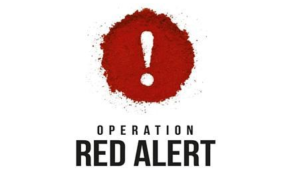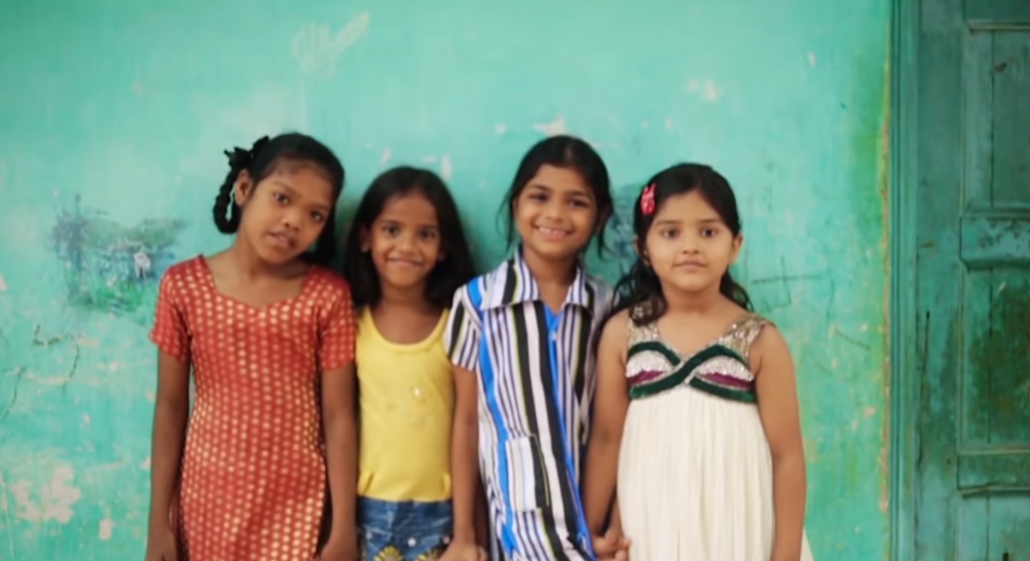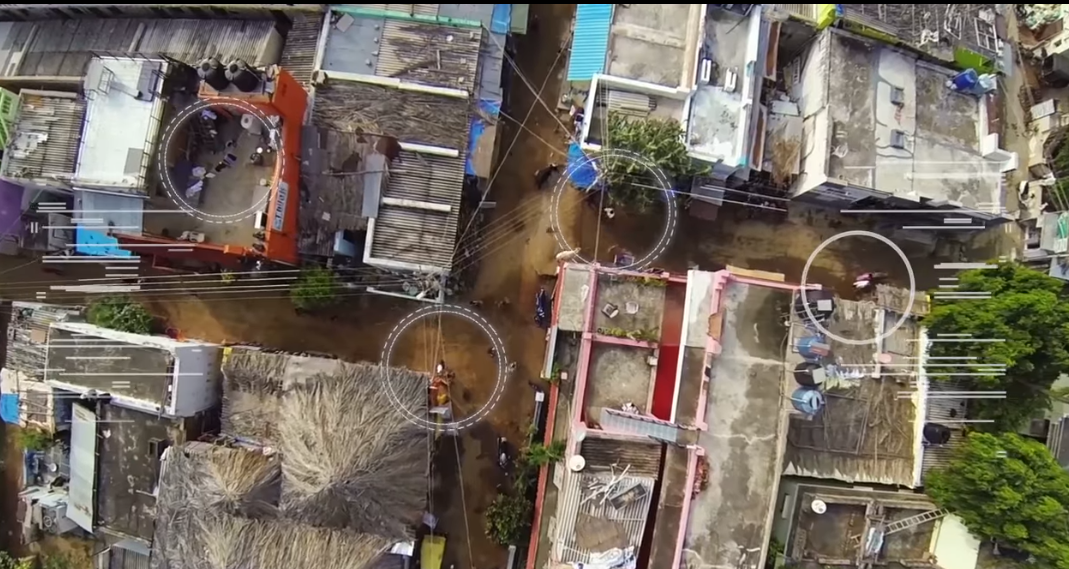
Big Data Analytics Flashes a ‘Red Alert’ on Human Trafficking in India

The statistics are terrifying: Every three minutes, a young Indian girl is abducted into sex slavery — often with the consent of her parents, as horrible as that sounds. Now, with the help of Australian analytics firm Quantium, a project called Operation Red Alert is using big data analytics to fight traffickers and inform Indian villagers of the scourge threatening their girls.
Human trafficking in India is a huge problem that devastates families and wrecks the lives of girls and young women who are held against their will as prostitutes. More than 200,000 Indian children are kidnapped, coerced, or sold as sex slaves every year, yet only about 1 percent of them are reunited with their families.
As sinister as the human trafficking business is in India, the perpetrators present a cheery face, and often get away with their crimes with the consent of families that they wreck. Unlike the human trafficking industry the West, traffickers in India often convince parents of young girls that they’re sending them off to schools to be educated.
To help thwart this epidemic, the Indian organization called My Choices Foundation decided to help inform parents in poor and remote villages about the reality of these pitches, and to expose to horrible lie that leads to so much human suffering.
Under its project, called Operation Red Alert, the organization seeks to thwart the spread of sex trafficking through a series of activities. Most notably, the group has embarked upon a grassroots campaign whereby it sends representatives to remote Indian villages to educate parents about the threat of human trafficking with the hope that they will not be tricked into giving up their daughters.
“The number one barrier to ending human trafficking is awareness,” the group says on its website. “The general Indian public is still largely unaware that trafficking exists, let alone that India has disproportionately more slaves than any other country in the world.”
However, with more than 600,000 villages in India, Operation Red Alert has no chance of visiting every village. There’s just not enough time and money to reach every village in the enormous country of 1.2 billion people.

(Image courtesy of Cisco)
The group needed some type of leverage to increase its force, and eventually found it in an unlikely place: big data analytics.
Analytic Advantage
This is where the Australian analytics firm Quantium comes into the picture. Several years back, the Sydney-based company expanded to Hyderabad, India, where a Quantium employee named Roger Grobler was responsible for setting up the operation. It just so happened that Grobler’s wife, Elca, co-founded the My Choices Foundation with Anjali Rudraraju in 2012. Thus was created the link between the non-governmental organization and the big data firm.
That partnership has flourished in recent years as Quantium provides My Choices Foundation with access to its big data processing cluster, which is based on hardware from Cisco and software from MapR, and a team of data analysts and engineers who can optimize the resources spending to help reach as many possible victims of the human traffickers as possible.
“We’re quite in tune with what the Red Alert guys are doing and support them in any way,” Quantium executive Simon Reid tells Datanami.
In order to maximize the group’s impact, Quantium analyzes a range of data about human trafficking in India. The whole idea here is to build a data profile of where girls have gone missing in the past, and use that profile to predict where girls are likely to go missing from in the future.
“It’s all about stitching together data, like census and drop-out rate, or text mining newspaper articles to try and identify where the girls are dropping off the face of the earth…to then train the models in telling Operation Red Alert where to direct the resources,” Reid says.
The approach is not dramatically different than how Quantium goes about helping its clients in other industries solve problems or optimize solutions using data. With more than 500 employees, Quantium is one of the larger data analytics firms in Australia, and counts companies like Quantas, News Corp., and Foxtel as customers.
“The data science techniques are pretty similar conceptually to what we use for other industries,” Reid says, “which is look at the problem, try and figure out the data features that are going to be the most predicative of a particular problem, and then feed that through a machine learning algorithm to then use it to predict.”

(Image courtesy of Cisco)
The data is used in the Operation Red Alert is not huge by industry standards – probably on the order of terabytes, as opposed to petabytes, Reid says. But it’s certainly large enough to be unwieldy, to exceed the capacity of something like Excel, and to require a more sophisticated data science approach.
“Without being able to analyze the data and being able to present it in a reasonable way, the problem is so big,” Reid says. “Where do you even start, if you’re not a data scientist or have an analytical background?”
Generating Results
There are dozens of different data sets that go into Operation Red Alert’s model, and Quantium updates the data monthly. Occasionally new data sets are introduced to see if they offer a hope of better predictive power.
Quantium provides the big data management capabilities for data stored in its MapR-based Hadoop clusters, the largest of which is about 200 cores. Its analysts also bring to bear expertise in languages like SQL and Scala, and the capability to exploit frameworks like H2O and Spark to generate predictions from data.
The output of the machine learning models is essentially a map to help decision-makers figure out which villages are the most likely to be targeted by human traffickers. “We provide the My Choices guys with a visualization tool so they can drill into the data and see things that they couldn’t have done themselves without the analysis that we provided,” Reid says.
The map includes a series of pins that correspond with different villages. The My Choices analysts can click on the pins to view more detailed information about each village, including the ones that carry the highest risk of having one or more girls abducted.
This approach has yielded promising results in the area around Hyderabad. “We have been able to hit more than a 70% match rate for the top 50 villages the algorithm suggests for Telangana and Andhra Pradesh, which is well aligned with operations for My Choices,” Reid says.
With an estimated 12 million women and girls enslaved in the Indian sex trade, there is a long way to go. Despite the challenge, the My Choices Campaign, with the help of Quantium, is working to eradicate the problem by 2025.
Related Items:
How Data Analytics Is Helping to Fight Human Trafficking
Predictive Analytics, Visualization Enlisted in Crime Fight
Analytics Set to Take Down ‘Felony Lane’ Gang


























